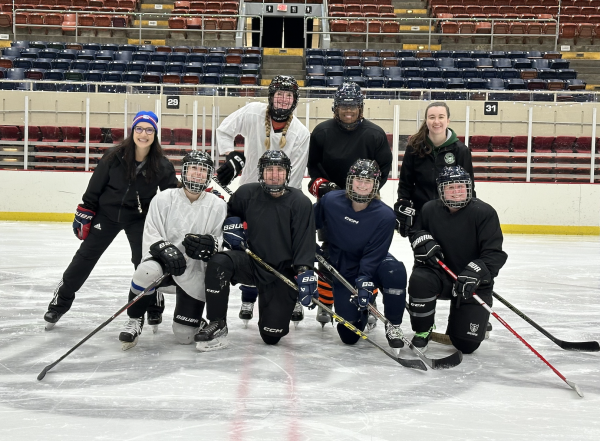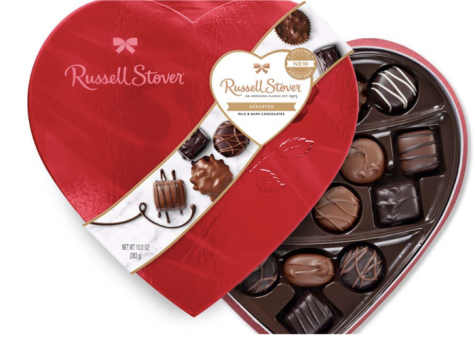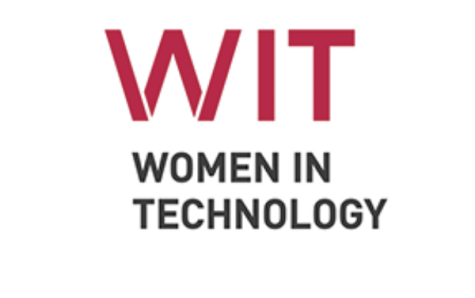What happens to your clothes after you donate them to Goodwill?
April 5, 2019
Logo used for this article is Public Domain, as it was published in 1968 under pre-1978 United States standards, by being displayed on signs and other works in the U.S., without copyright notice.
As spring settles in, so does the idea of cleaning. It’s that time of year again where spring-cleaning is in full effect as people are ridding their homes of the old and bringing in the new. Usually when this happens, there are tons of trash bags filled up with old clothes, toys and other items that are more than likely donated.
The process of donating old items seems to be pretty simple. You just head to the nearest donation center and drop off the items. From there, either the items are sold or given away to someone who can find use for it. However, items that are donated can sometimes take a longer journey than just from one house to another. Looking into one of the most popular donation centers, Goodwill, their routine for their donated items reveals a more detailed process.
Phase 1: The Goodwill retail store
According to an email from Nychea Colvin, the public relations communication specialist of Goodwill Southeast Georgia, they serve “33 counties from Ridgeland, South Carolina to St. Marys River and westbound to Vidalia,” adding up to a total of 17 stores. In 2018, Goodwill Southeast Georgia received 529,000 donations alone.
When items are dropped off at a local retail store or a donation center, the workers sift through the clothing to decipher what can be sold and what can’t. Items that are tethered or mildew-y are typically discarded. According to Goodwill.org, 60% of those donated items make it to the sales floor.
Phase 2: The Goodwill outlet
For the items that don’t make it on the sales floor, their next stop is the Goodwill outlet. There are the “Buy the Pound” locations where customers are able to, of course, buy items by the pound at a very discounted price. There are also the 99 cent Goodwill stores where items are sold for about $1.
According to Amazing Goodwill, “The Goodwill Outlet has approximately 120 large rolling tables or bins on the floor at any one time. Every 20 – 30 minutes, the crew will pull 8-12 tables with older merchandise from the floor and add 8 – 12 tables with new goods.”
The vice president of retail operations in California, Ray Tellez, told the Huffington Post that these stores are meant to “liquidate” items in order to avoid as much as possible from being sent to landfills.
Phase 3: Auction
If the items still are still not sold in the outlet phase, they then move to auctions. This is an event that allows the attendees to bid on bins of items where they aren’t exactly sure what’s in them.
Phase 4: Textile Landfills
The final destination for the items that just didn’t cut it in any of the other selling phases are then sent to textile recycling organizations, such as the Secondary Materials and Recycled Textiles Association (S.M.A.R.T).
According to their site, “SMART members use and convert recycled and secondary materials from used clothing, commercial laundries and nonwoven, off spec material, new mill ends and paper from around the world.”
About 45% that makes it to this association is either put back into the U.S. used clothing industry or sent overseas where the demand for such goods is high. In 2018, Goodwill of Southeast Georgia diverted 16 million pounds from landfills.














